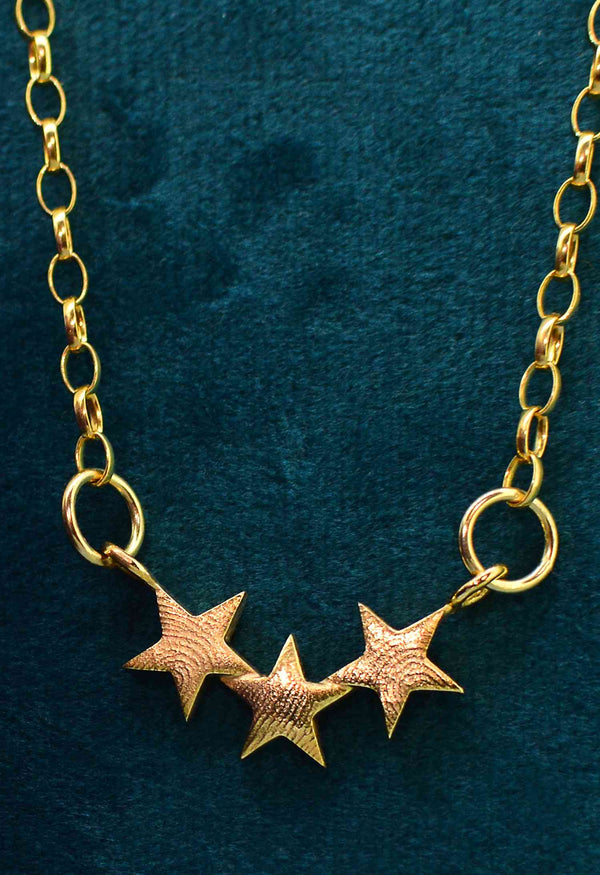Your Cart is Empty
~ Waiting List in Operation ~ Please Ask Before Ordering ~
~ Personalised jewellery to treasure forever ~
~ Waiting List in Operation ~ Please Ask Before Ordering ~
~ Personalised jewellery to treasure forever ~

Why do we have Engagement Rings?
February 07, 2018 3 min read
When we decided to get married, we didn’t bother with an engagement ring. It’s not that I didn’t want one. I really did.
I’m a sucker for tradition and I love the idea of romantic and imaginative proposals, it’s just that we decided we had to be sensible (she rolls her eyes).
We’d bought our first house which needed an incredible amount of work and although we knew we wanted to get married, somehow an engagement ring came way down the list of priorities, somewhere after new floors, a new bathroom and sorting out the lethal decking in the back garden.
I finally got my engagement ring several years after we got married and in the end, I’m glad I waited for my perfect ring.
Is there a more romantic gesture than giving an engagement ring?
The act of giving and receiving an engagement ring is one of the most memorable milestones there is. It’s also timeless – a tradition that can be traced back to ancient times.
Engagement rings – a Roman ritual?
Although the engagement ring has been popularised as originating from the ancient Egyptians, who used the circle as a symbol for eternity, the only paper trail we have that points to a source is from ancient Rome. So, it may well be that Tutankhamun gave Ankhesenamun a wedding band - but we can’t prove it!
And so, Anthropologists make the case that the engagement ring originated from Roman custom, as a more practical means for women to wear them. The old Roman custom was for a wife to wear her rings on a key chain.
According to Roman tradition, a man would provide his wife with two rings. One was gold for social events - the other iron for house duties. A doubly good deal, it seems, although it wasn’t necessarily out of love. Back then, engagement rings were more about ownership. A woman with a ring on the fourth finger of her left hand was off limits.
Such was the custom’s practicality, it lasted through the ages, although its popularity wasn’t fully established until the middle ages. It was also passed as law in the Visigothic Code (7th century AD) which stated, “That when the ceremony of betrothal has been performed, ..., and the ring shall have been given or accepted as a pledge, although nothing may have been committed to writing, the promise shall, under no circumstances, be broken.”
Simply translated, it means a ring is an unbreakable bond between two people.
Diamond rings – when did they become a thing?
Engagement rings had become a symbol of future marriage by this point. But it wasn’t until the Renaissance that diamond engagement rings became a thing.
The Archduke Maximilian of Austria’s betrothal to Mary of Burgandy is documented as being the first to include a diamond engagement ring.
History suggests that the sheer magnificence of the ring spurred on those of wealth to follow suit. And so, it stuck. Diamond engagement rings were given through the ages of reformation, enlightenment and the Victorian era.
So what happened next?
In the late 1800’s diamonds were discovered en masse in South African mines owned by the De Beers company and they weren’t quite sure what to do with them.
Then a member of their marketing team had a rather inspired idea.
Diamond engagement rings would no longer be the preserve of the uber wealthy classes. Diamond engagement rings would become mainstream. Within affordable reach of the person on the street.
In the early 1930’s, De Beers launched huge advertising campaigns across America, convincing the general public that diamonds were incredibly rare, valuable and the ultimate symbol of love.
The advertisements even went as far as to say that the size, clarity and price of the stone bought were directly linked with a gentleman’s wealth and how much he loved his wife to be.
And today, almost 90 years on, people still believe it.
Diamond rings are now the most common type of engagement ring in Western civilisation, especially in Europe.
However, engagement ring etiquette does vary between cultures. In Asia, engagement rings only became popular recently. Different religions have their own traditions too, putting a unique twist on this ubiquitous symbol.
Closing note:
Keen readers will note that I’ve used the terms “ring”, “engagement ring” and “wedding band” interchangeably. The reason is simple. For a long time, wedding bands were a 2-in-1 ring symbolising engagement and marriage. And they still are in some cultures.
Leave a comment
Comments will be approved before showing up.
Subscribe
Sign up to get the latest on sales, new releases and more …

Join the Club
WE'RE SO PLEASED TO SEE YOU!
Stay a while and look around.
While you're here, why not subscribe to our newsletter?We'll give you £20 off your first order, VIP access to new products, and access to our very special sample sales.We promise not to annoy you (honest).
